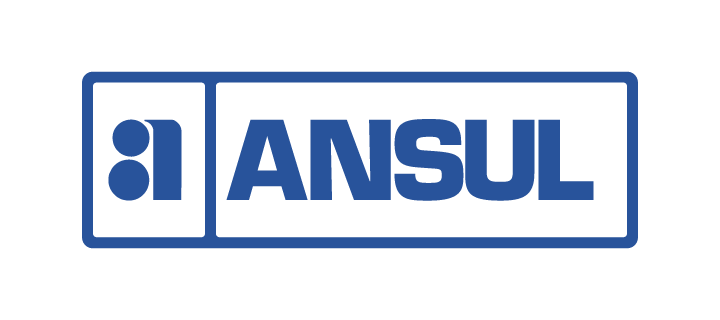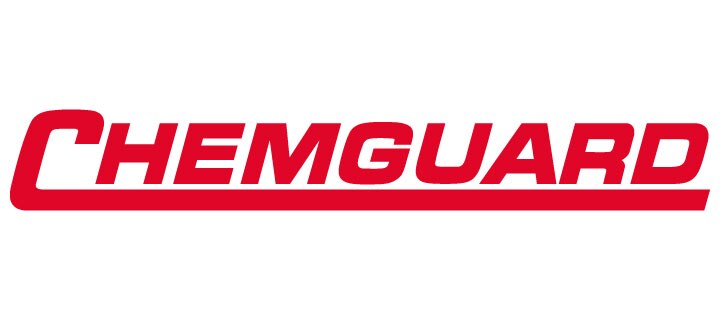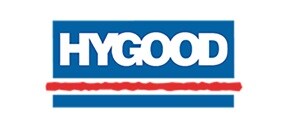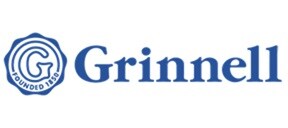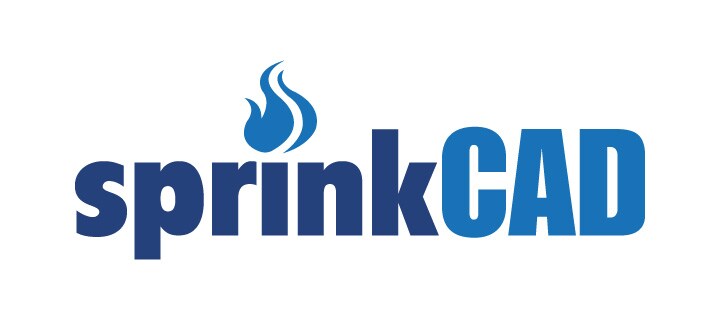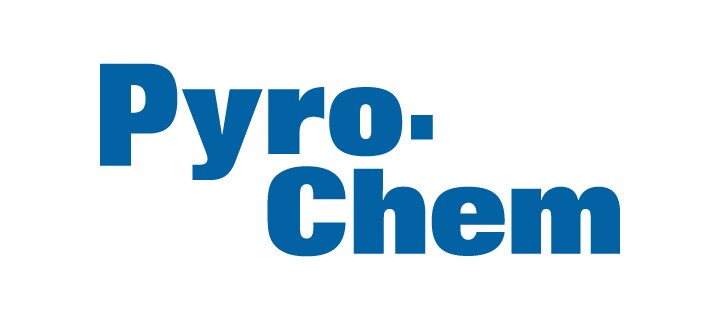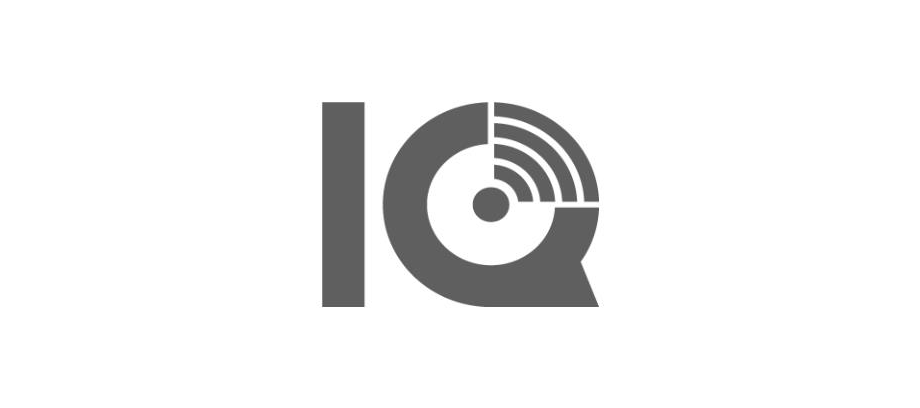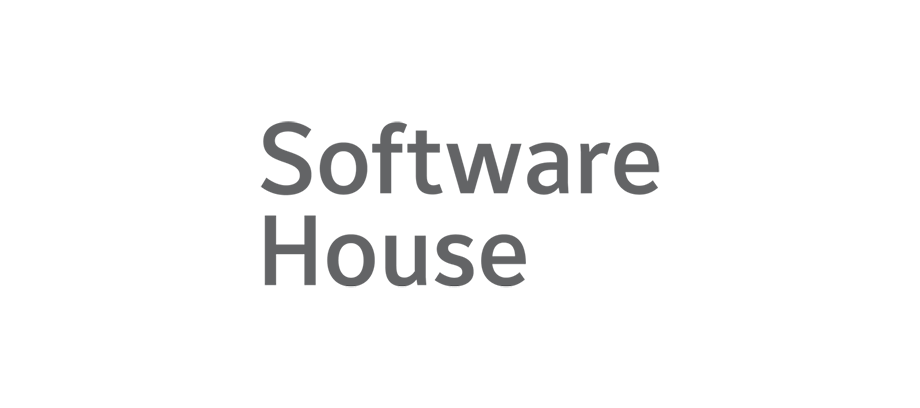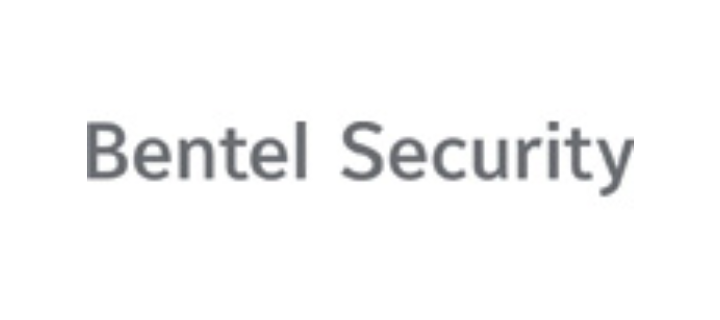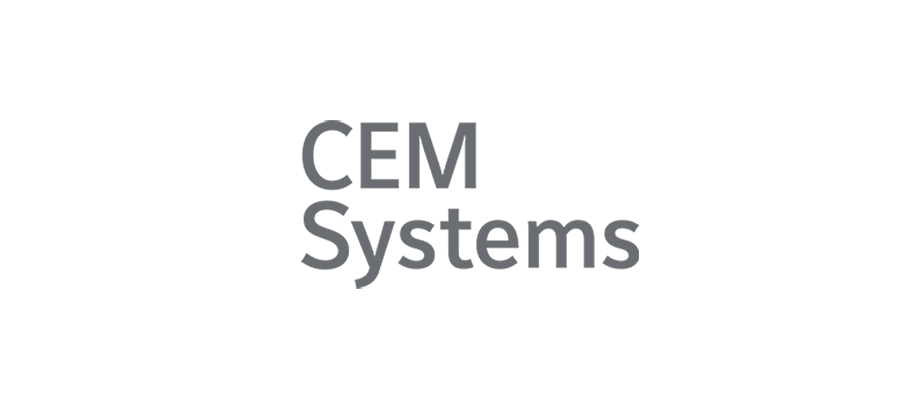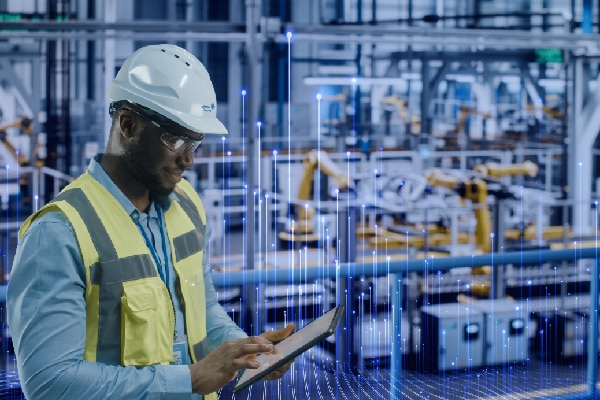Stay aware from anywhere: Four ways remote monitoring simplifies life safety management
With remote access to life safety system data, facility managers and technicians can more effectively plan maintenance tasks and reduce downtime.

By Colm Healy, senior product manager, Johnson Controls
Today’s facility managers are busier than ever, and their responsibilities keep growing. Regardless of how packed their days are, they must continue to meet their critical priorities, like ensuring the safety of occupants within their buildings. Doing this requires effective life safety technology coupled with a high-awareness, proactive management strategy.
That’s because managing life safety systems around-the-clock is challenging, especially across multiple buildings. Each fire alarm control unit can have a discrete set of alarms and alerts that require different responses during incidents. Maintenance details and schedules vary between panels, requiring detailed recordkeeping and scheduling. Further, addressing life safety system issues typically requires knowledgeable on-site personnel, but a facility manager or other trained staff may not always be available when issues occur.
One effective and efficient way to improve around-the-clock management with a smaller facility team is to implement a remote life safety monitoring solution. Remote life safety monitoring technology leverages Internet Protocol (IP) to send information from each connected fire control unit to a secure cloud-based storage system. Users can access an online dashboard to view control unit status, read reports and connect with technical support.
One effective and efficient way to improve around-the-clock management with a smaller facility team is to implement a remote life safety monitoring solution.
Here are four ways remote activity monitoring can simplify and advance life safety system management for facility teams.
1. View fire alarm control unit information at any time, from anywhere
Keeping track of fire safety panel status in buildings across multiple locations can be time-consuming and difficult. Currently, many facility managers and personnel must physically travel to individual panels within each building to see the panel’s status and check for alerts. Without the presence of trained, authorized personnel on site, troubleshooting over the phone can be difficult.
A life safety monitoring solution with a secure online portal can make it easier to view and manage information across panels from a single location. Users can view information related to alarms and issues to quickly identify and make informed maintenance decisions. These monitoring solutions also provide data that helps teams be more proactive by helping prevent potential issues from becoming bigger problems.
By having detailed information on hand 24/7, facility managers and personnel no longer need to spend time traveling from panel to panel and building to building. The online dashboard makes it easy to see notifications for events, such as pre-alarms, fires and faults. As a result, teams can spend their time more wisely, better prioritize daily responsibilities and improve their productivity.
2. Streamline maintenance and service
With remote access to life safety system data, facility managers and technicians can more effectively plan maintenance tasks and reduce downtime. When everything is running smoothly, they can maintain confidence and focus on other tasks. When problems do occur, they can quickly access information related to the event to help troubleshoot problems and restore operation.
Remote monitoring can help save money for facilities that outsource fire alarm system maintenance, especially with service providers that charge for each call. By providing them with remote access to fire alarm panels, providers can see a panel’s status before they send a technician to the site and use the information to:
- Determine if a site visit is necessary.
- Ensure the technician has the correct parts.
- Minimize on-site service calls.
If a site visit is necessary, the maintenance team already understands what’s happening before arriving. Or an off-site engineer can easily view remote data to understand what’s happening and effectively advise on-site technicians. In both situations, these teams are making informed decisions and acting faster, saving time and resources.
3. Receive real-time notifications
With a facility manager’s busy schedule, it can be difficult to proactively check the status of life safety systems throughout the day. By enabling real-time notifications to their emails and mobile devices, facility managers can stay in touch with their life safety systems as if they were standing in front of the physical control unit itself.
Users can receive notifications of system status changes and alerts for all types of events. This allows them to prioritize responses, such as calling a local service provider or checking the area for abnormal conditions. Real-time notifications give facility managers the power to remain proactive and alert throughout the workday and beyond.
4. Improve emergency response
Life safety systems with remote monitoring should always be used in conjunction with a central station service. However, traditional fire alarm systems can only connect to central station monitoring and local fire departments via telephone lines. While this facilitates a fast response when an alarm sounds, it provides little information beyond notice that the alarm has been triggered. In most cases, emergency personnel are only alerted to basic information, such as the building location or the zone where the alarm was triggered. These traditional systems usually cannot convey detailed information such as the floor or room number where the emergency is happening.
Advanced life safety remote activity monitoring solutions connect with and provide detailed critical information to the central station or local fire department. These details include device type, event, zone, point text and point address. Having this information means emergency teams can focus their time and energy on getting occupants to safety and resolving the issue rather than figuring out details about the event.
How to select a life safety remote monitoring solution
A typical remote activity monitoring solution consists of several elements working together, such as a cloud database, a web-based dashboard and a mobile app. It also includes gateway devices, which are installed on each panel in the system, to connect the panel to the cloud. Although these elements are consistent from system to system, some solutions offer more capabilities than others.
For example, not all gateways can communicate with central stations and instead require a separate communicator. To minimize the number of devices installed, look for a life safety remote activity monitoring solution that provides online connectivity and sends information to central stations. With fewer components, an all-in-one solution also saves installation time and costs.
As facilities integrate more digital devices, cyber security has become essential. It’s recommended to look for a life safety remote activity monitoring solution that allows the gateway to connect to the local network via Ethernet or a cell module, minimizing the risk of unauthorized access.
Act today
By providing greater visibility and control, remote monitoring simplifies life safety management and helps keep facility managers more informed, efficient and productive. Facility managers can leverage these advantages to better respond to the individual needs of each building and its occupants, creating safer, healthier places to live, work, shop and play.
Learn more about remote life safety monitoring for your facility.
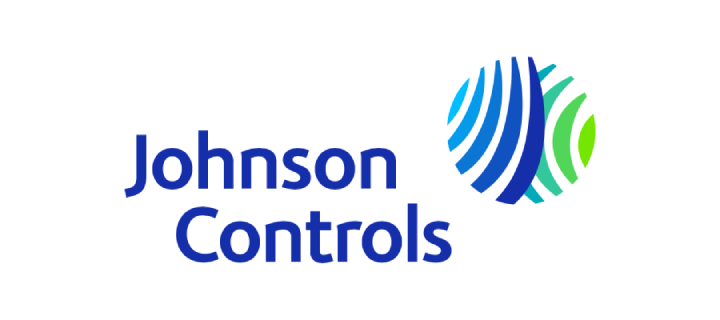








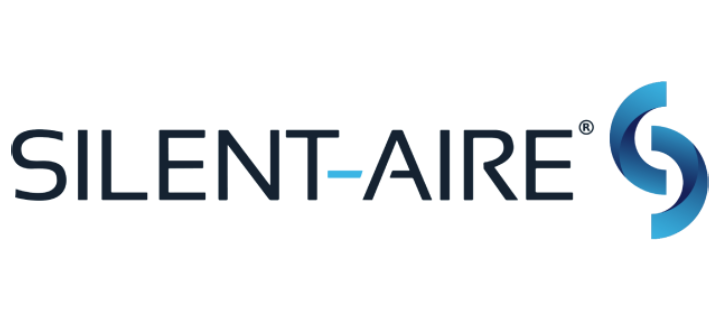
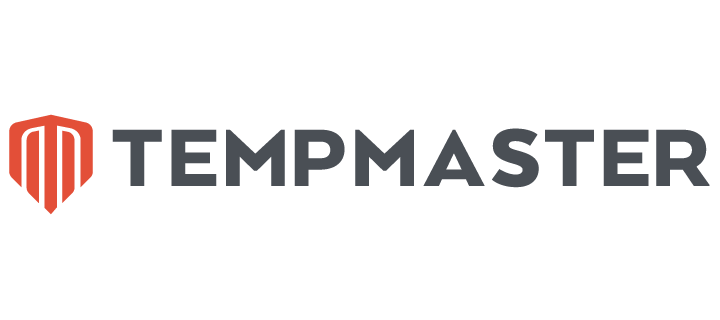


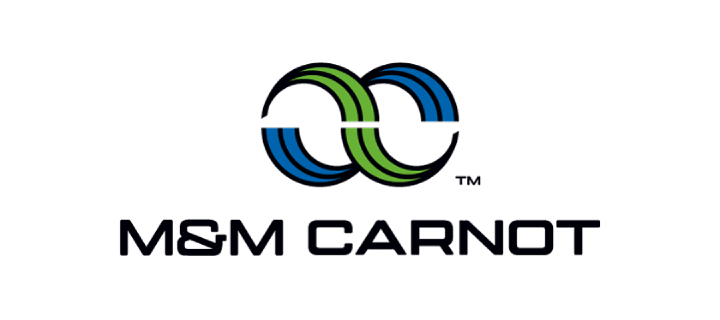

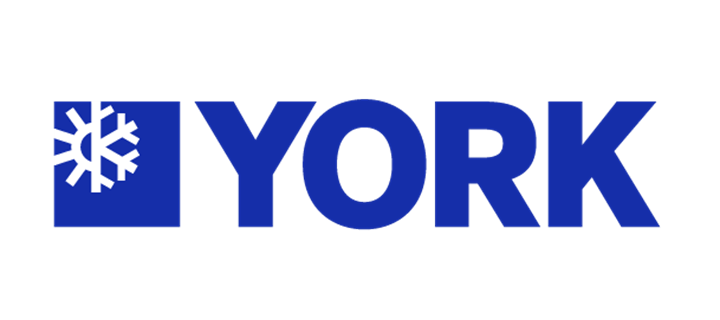
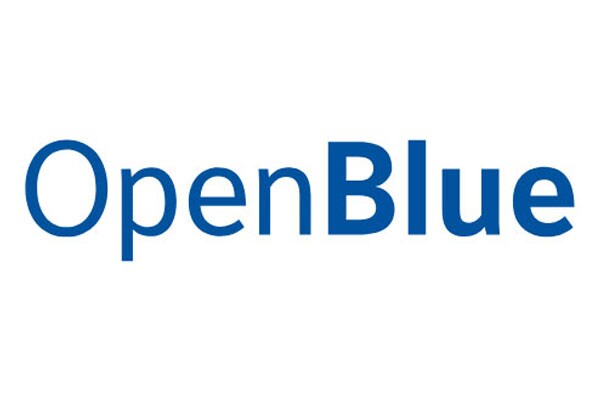
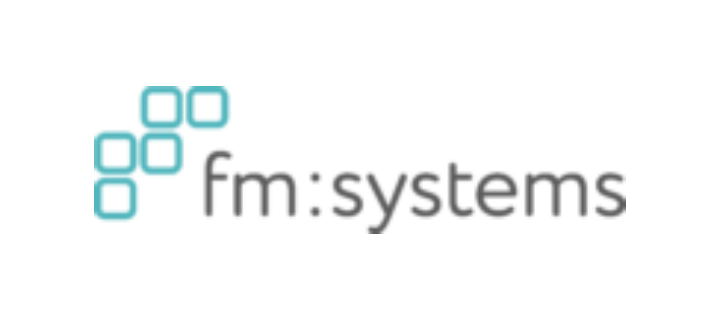
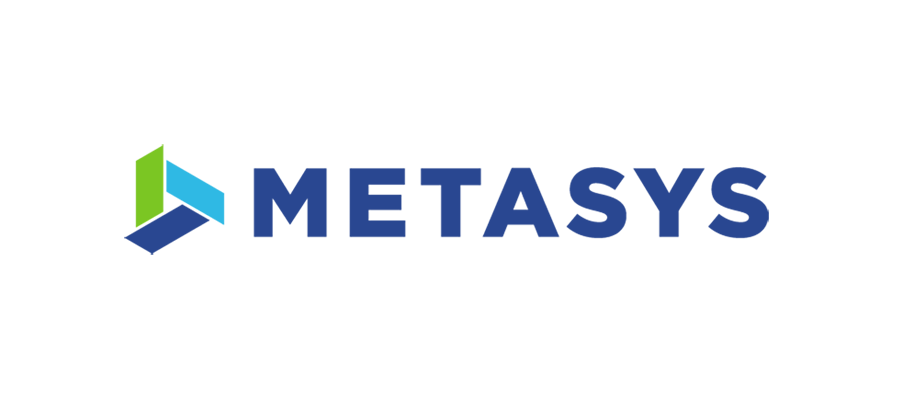


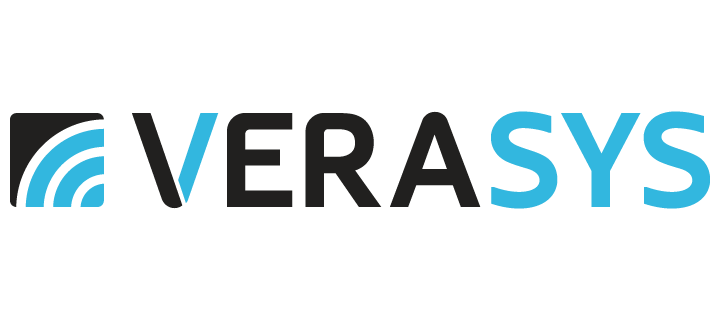



.png?la=en&h=70&w=157&hash=717A494A27ED61C45CEF95AC3A9C6309)
